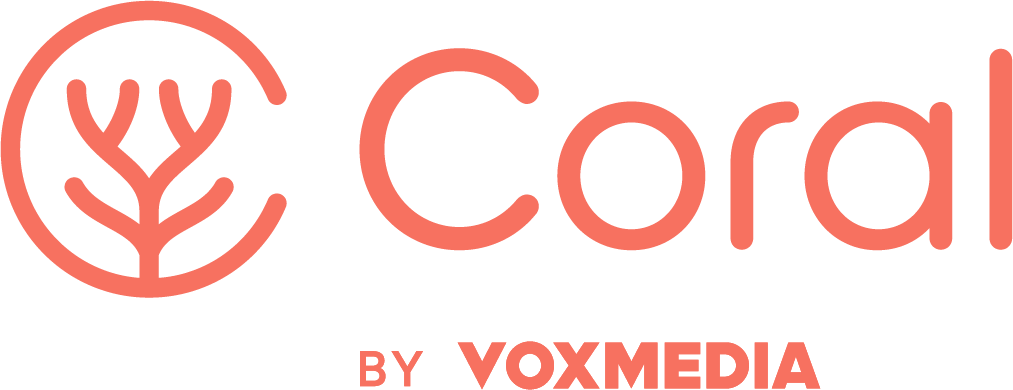By Bassey Etim, Community Editor for NYTimes.com
The modern history of news organizations has been defined by a series of missed opportunities – innovations passed over to appease entrenched forces.
I dreamed of becoming a journalist as a child and imagined it so much differently. I was a writer in the field, an investigator poring over documents in search of that magic moment of discovery.
Of course, that work is still being done, but now we live in an era of decentralization. We’ve moved from large organizations to individual names, mass audiences to niche targeting, from guardians of taste to counters of YouTube views, and from corporate broadcasting to individually built networks. What is the role of the reader’s voice in the newsroom of today?
The news industry has done a reasonable job of displaying readers’ voices in recent years, at least at the bottom of some articles. But not enough thought has been given to elevating them – creating an understanding among readers that their responses can be part of the news.
The Times Community Desk has for years written stories chronicling reader reactions to news events, but November’s “Meet Some of Our Top Commenters” was our first major step toward our ultimate goal: incentivizing readers to create their own networks that provide new information to journalists, and drive like-minded strangers toward our coverage.
Of course, Social Media does much of that work for pretty much every news organization, as people share links with and without our prompting, but a crucial limiting factor in social recommendations is the number of people who regularly read our publication. Instead of a problem, we see that limit as an opportunity to introduce readers to more people who share their passions, so that everybody can have a group of friends who will consistently recommend them worthy Times content.
If we pair that with an editorial element that makes it easier to find opposing views or touching personal essays, we may be able to create a catalog of answers to the question: How does the thinking person feel about today’s news?
While that’s a bigger question than I can answer here, I’d like to share with you some of what we learned from undertaking our Top Commenters project, as well as where we might take it next.
Top Commenters was an ambitious test of how much interest readers have in each other. It spent much of its first day of publication in a prime position on the Times homepage. While the final result was overwhelmingly positive – huge traffic, great social buzz and more than 1,400 comments – the truth is that the article itself was difficult to produce.
First was the struggle to define who we should include. To begin with, we created one across-the-board metric to define our Top Commenters: number of reader recommendations divided by number of total comments, plus a bonus for each NYT Pick.
That created a list of ten people who are well-known in our comment space, but they were all political junkies. This should have been a predictable result given the priority placement and promotion of these stories across the site.
After analyzing that initial list, and feeling that we wanted a greater variety of people and interests, we decided to take a different approach. We knew there were so many other commenters who contributed to niche communities on the site who had smaller, but still intensely loyal, followings.
So we went back to our master list of most popular commenters, with a special eye toward people who contributed great comments to articles about parenting, science and health. Then we surveyed the site for folks who had regularly commented for only a few months, but had a series of notable submissions that had been recommended by readers and our moderators.
By the time I was able to reduce this list down to a much more varied series of ten people, the article had been in development for five months.
The next major worry was how the commenters would react to having lengthy, textured interviews cut down to 150-200 word summaries to accompany their photos. That’s a common concern in all journalism, of course, but we were dealing with people who had perfected the searing rebuttal, and who would have a lot to say on our site if they felt they had been misrepresented. Our strategy to enhance the visibility of certain readers would certainly fail if it accidentally incited a riot in our comments.
Fortunately, I was apparently diligent enough during the interviews that no subject complained that I had distorted their true meaning. (Thank you @deborahblum and @kbculver.)
The extensive time, data analysis, interviews, and professional photography that went into the creation of this piece made clear that, although we had accomplished our goal of presenting a diverse slice of our audience, this type of story could not be easily replicated.
It doesn’t need to be. We are now moving toward smaller, more frequent reporting about our users, driven by their contributions to ongoing news events. Anecdotally, it seems clear that the Top Commenters story was successful in inspiring a new class of readers to join the pool of potential interviewees for our next project, which is now in development.
New York Times commenting started in earnest in 2007, and without a comprehensive effort from us to do anything with the Community besides moderate toward the Times’ polite sensibilities, the comments section began to feel like a family. That evolution was totally organic. We don’t even provide users a profile page.
The comments on the Top Commenters story make clear why readers loved the story and which elements might be replicated on a smaller scale. In no meaningful order:
- The opportunity to be included in the future
- Knowledge that we care about comments, and they are read by all levels of the organization
- A totally untapped well of curiosity about frequently-read commenters among casual readers
What we’ve learned feels inspiring and obvious: what is needed to create a vibrant online society is to protect it. Our work also suggests that if we made it easier for commenters to brand themselves, more of them might become recognizable figures within the community.
Last year, the Times investigated the business case for online commenting. The core conclusion of that research was simple: high on-site engagement is critical for a subscription business. Given the substantial audience this one article attracted, the benefits of providing more opportunities for trusted users to become public figures on our site might completely change the ROI equation for online comments.
Watch this space.
Bassey Etim @basseye runs the Community Desk at The New York Times. The Milwaukee native is also a published author and a musician who is currently working on strange music with his band Minus Pedro.
Photo by Hamed Saber, CC-BY-2.0


![[IMAGE] Two people sat on a part bench reading newspapers. Their faces are obscured.](https://guides.coralproject.net/wp-content/uploads/2016/03/512309138_aef2793032_o.jpg?w=1500&h=500&crop=1)